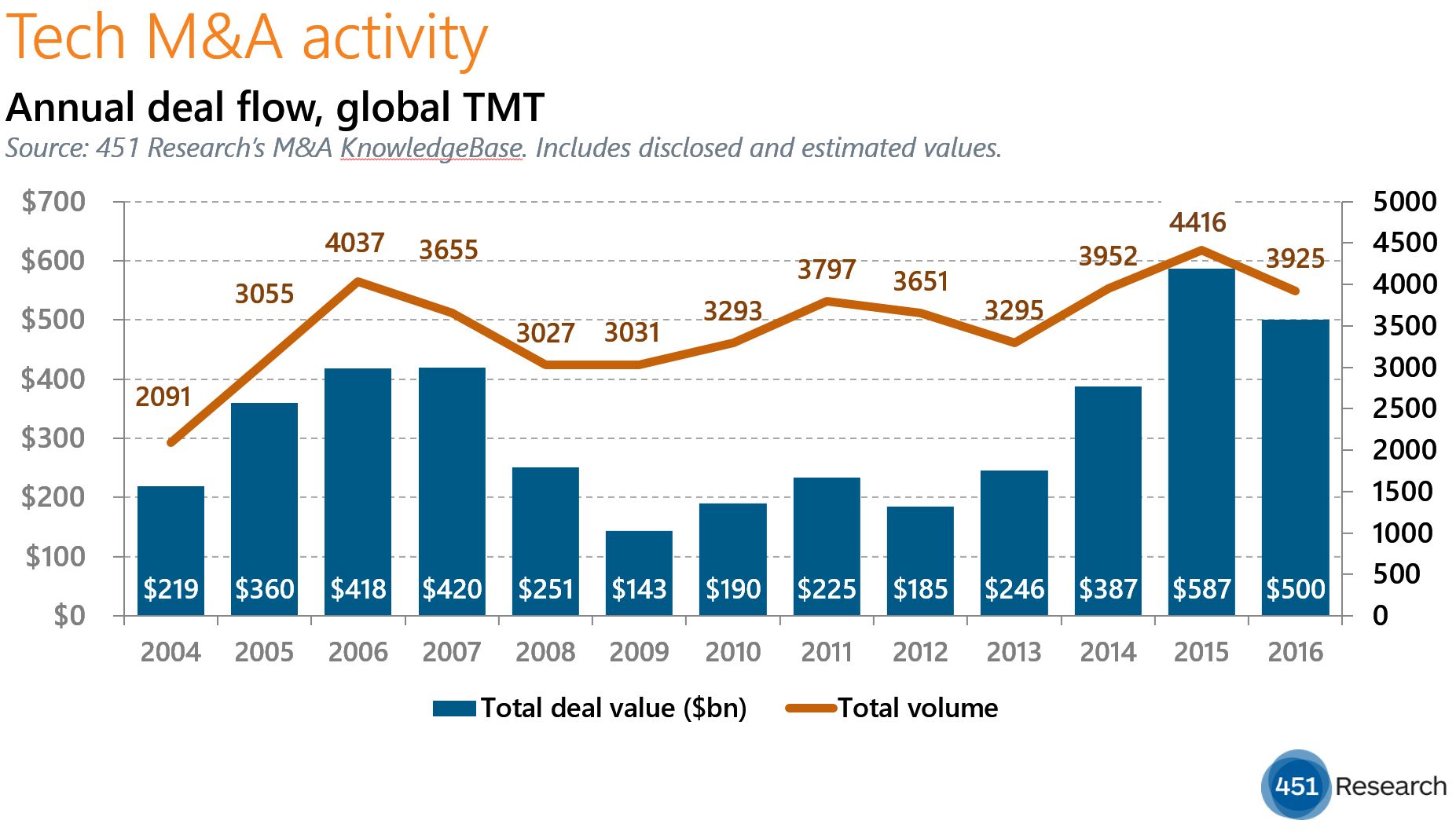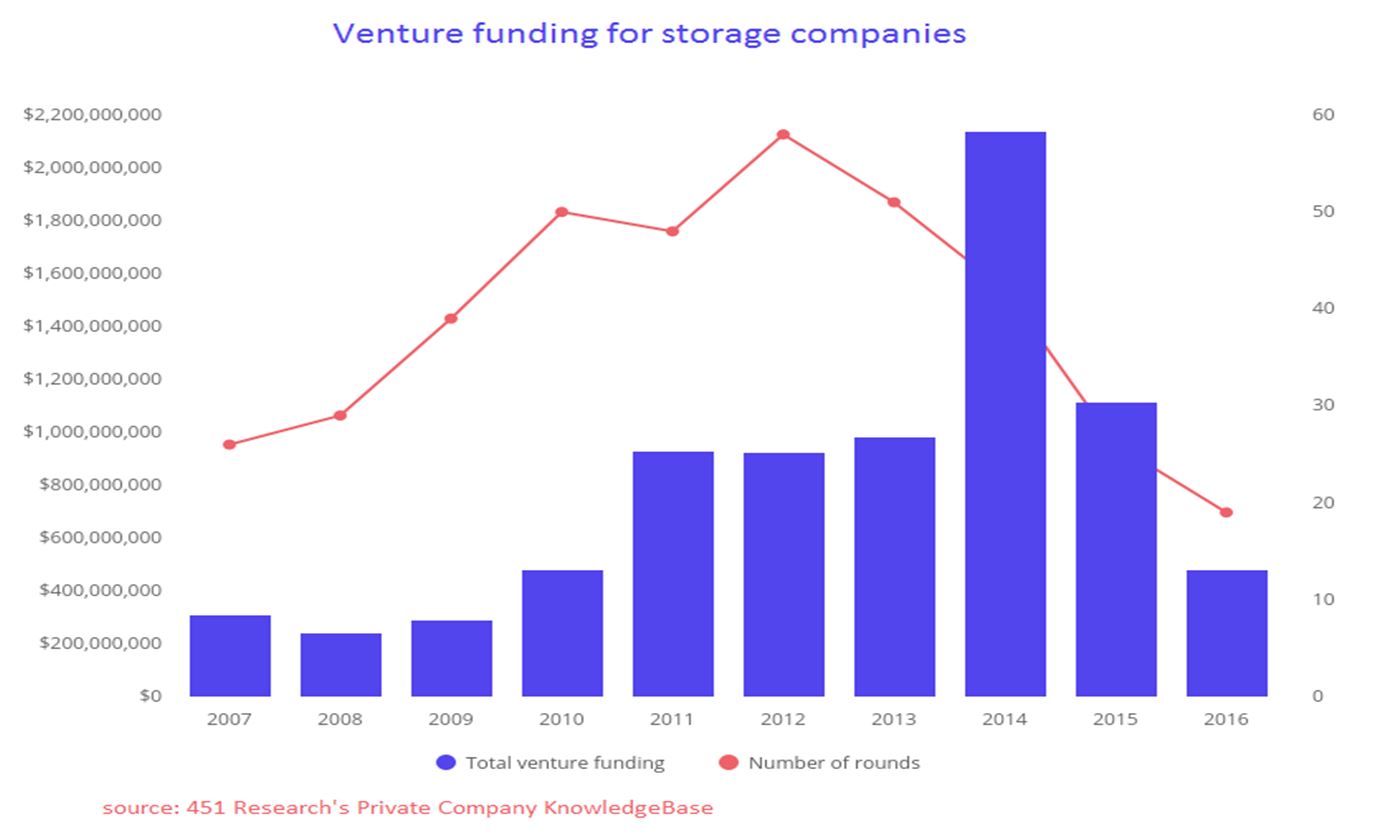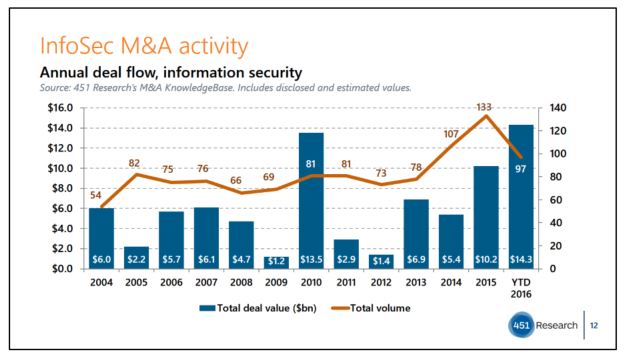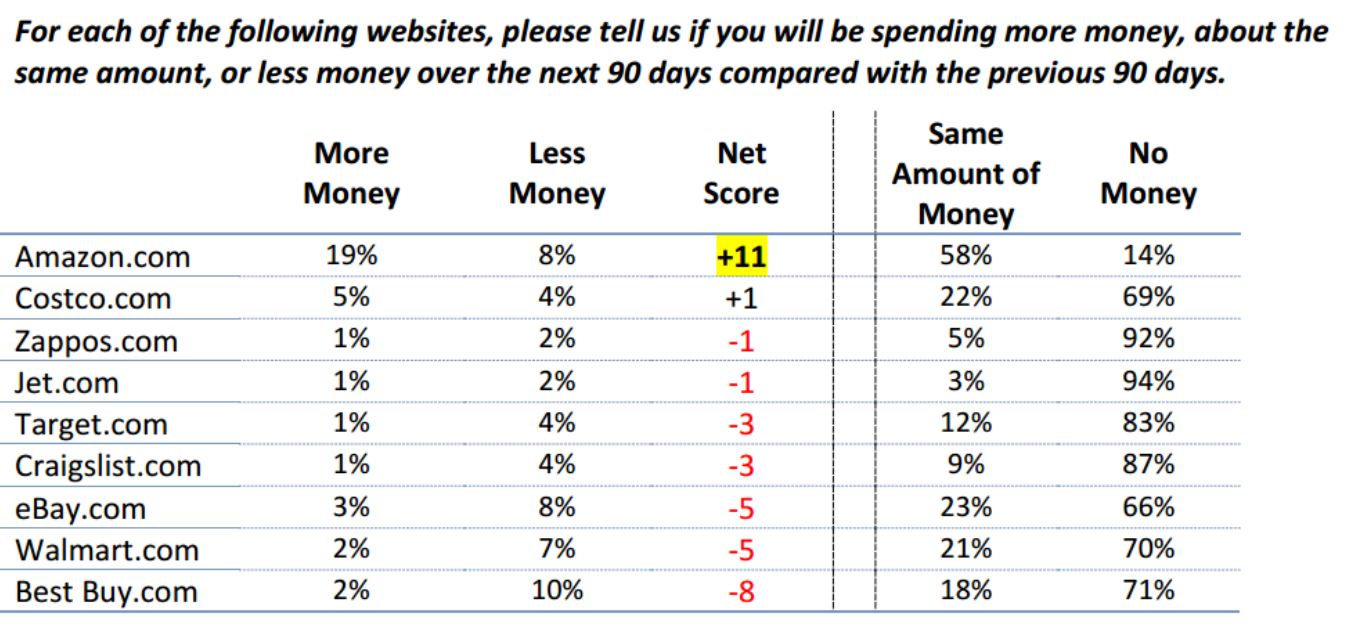Contact: Brenon Daly
With AppDynamics stepping into Cisco’s ever-expanding software portfolio rather than continuing its march toward Wall Street, tech startups have once again been shut out of the public markets in the opening month of a year. Last January also didn’t see a single enterprise tech IPO, starting a drought that lasted until late April. Q1 2016 was the first quarter since the recent recession not to have a tech company come to market – and the current quarter is in danger of repeating that, despite some of the most-welcoming conditions on Wall Street.
Unlike this year, last year’s Q1 shutout was sparked by a double-digit percentage slide in US equity indexes in the opening six weeks of 2016. The Dow Jones Industrial Average, which is currently above the symbolically significant 20,000 level, bottomed out below 15,600 last February. (From trough to top, that represents almost a 30% gain in the Dow, adding more than a trillion dollars of market value.) Last winter’s bear market was even worse for highly valued tech names, which is what most of the tech IPO candidates aspire to be.
With investors selling their existing tech holdings, it was hard to find buyers for any new tech listings. In the imbalanced market at the start of last year, the financially prudent decision for startups tracking to an IPO was simply to wait until summer, when tech came back in favor among investors. By our count, seven of the nine enterprise-focused tech vendors that went public in 2016 debuted in the second half of the year. The debuts were actually even more concentrated than that, as two-thirds of tech IPOs last year came in just the six-week period leading up to the US elections in early November. Not a single tech provider has gone public in the three months since the election.
Part of the scarcity is due to seasonality. (Companies tend to prefer to finish Q4, which is almost inevitably their biggest quarter, and then go to market with full-year financials and a valuation that’s based on the coming year’s projected sales.) And yet, while IPO-minded startups have been focused on closing business and getting their financial paperwork in order, companies already public have been enjoying an extended, and somewhat unexpected, ‘Trump rally’ on Wall Street.
Indexes have posted a roughly 10% surge since the election, as investors bet that having a businessman as US president – who’s working with a Republican-controlled Congress – will be able to stimulate more economic growth. Perhaps more important to the relatively fragile IPO market, the instability and uncertainty from broader political and economic events has receded sharply. (For instance, the CBOE’s Volatility Index is currently just half the level it was during the run-up to the election.) The shift in sentiment is even more dramatic in our own surveys of individual investors.
In the two monthly surveys by 451 Research’s Voice of the Connected User Landscape (VoCUL) since Trump was elected, more than four out of 10 investors have said they are ‘more confident’ about the direction of the stock market now than they were 90 days earlier. That’s roughly twice the percentage that said they were ‘less confident’. Those are the most-encouraging assessments of Wall Street in a 451 Research survey since the end of the recession. And yet in the most bullish of recent bull markets, not a single tech startup has made it public in 2017.
The IPO window may be as open right now as it’s been in years, but investors would never know it. With two months remaining in the first quarter – and current stock market indexes more than 20% higher than they were in Q1 2016 – the net result for new enterprise tech offerings from last Q1 and the current quarter could well be the same: an IPO shutout.






